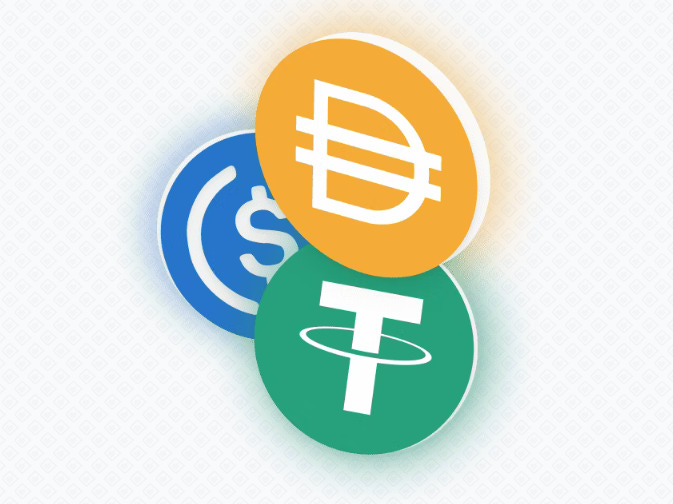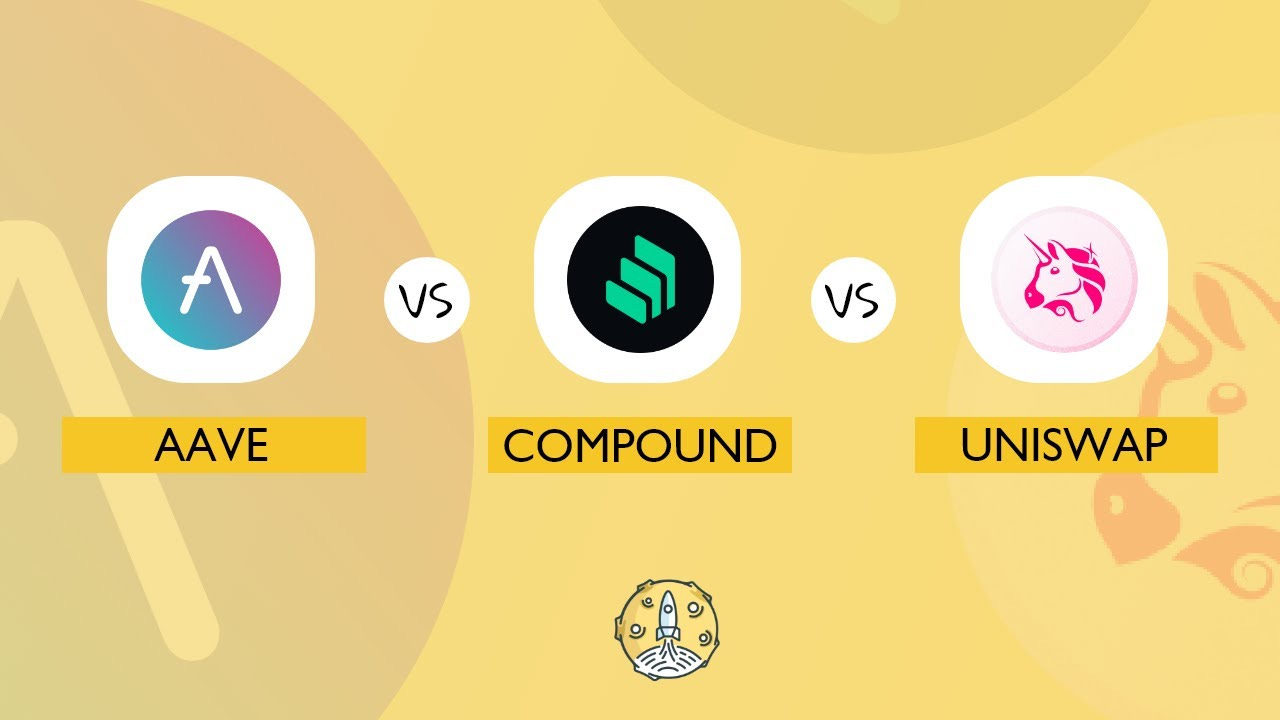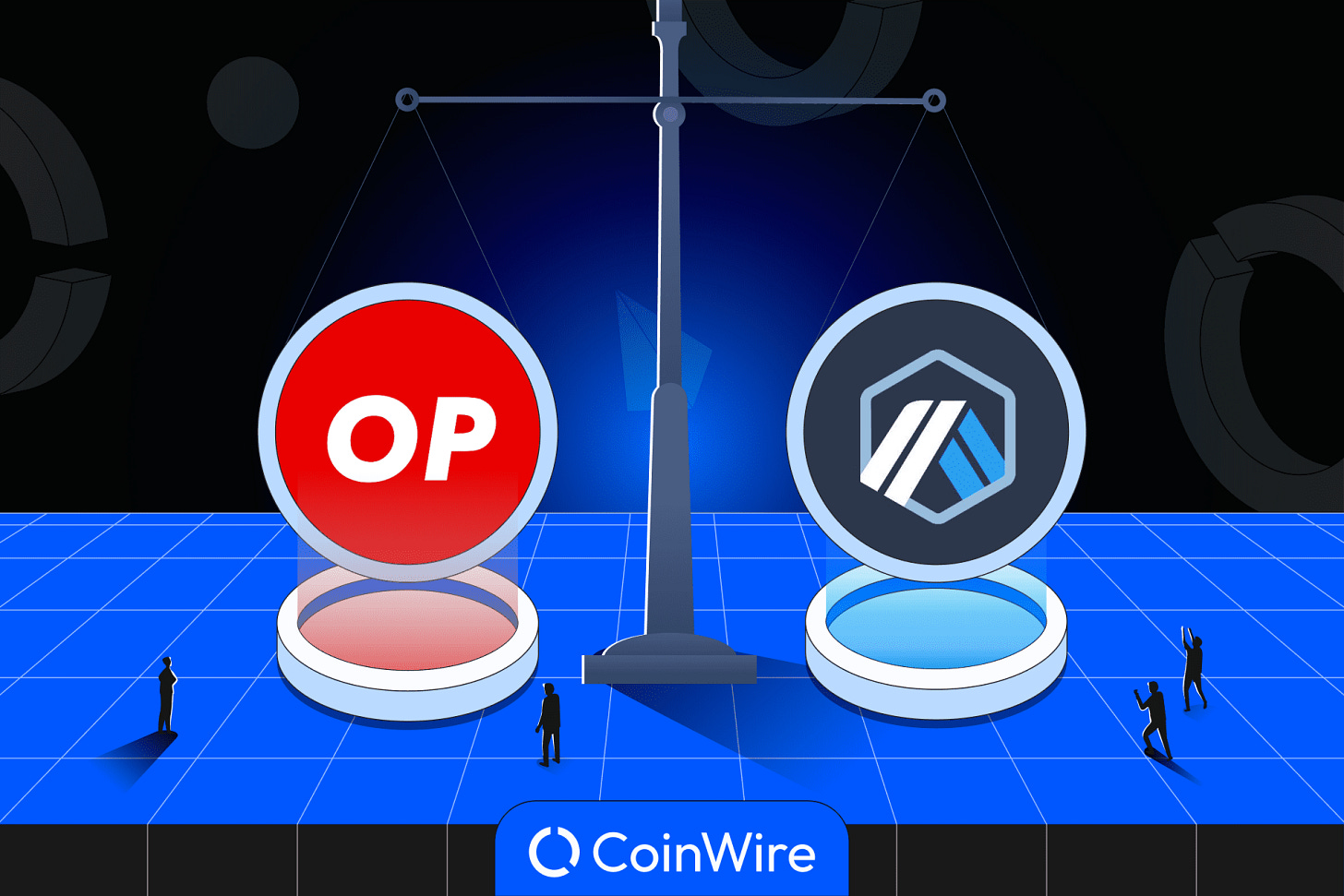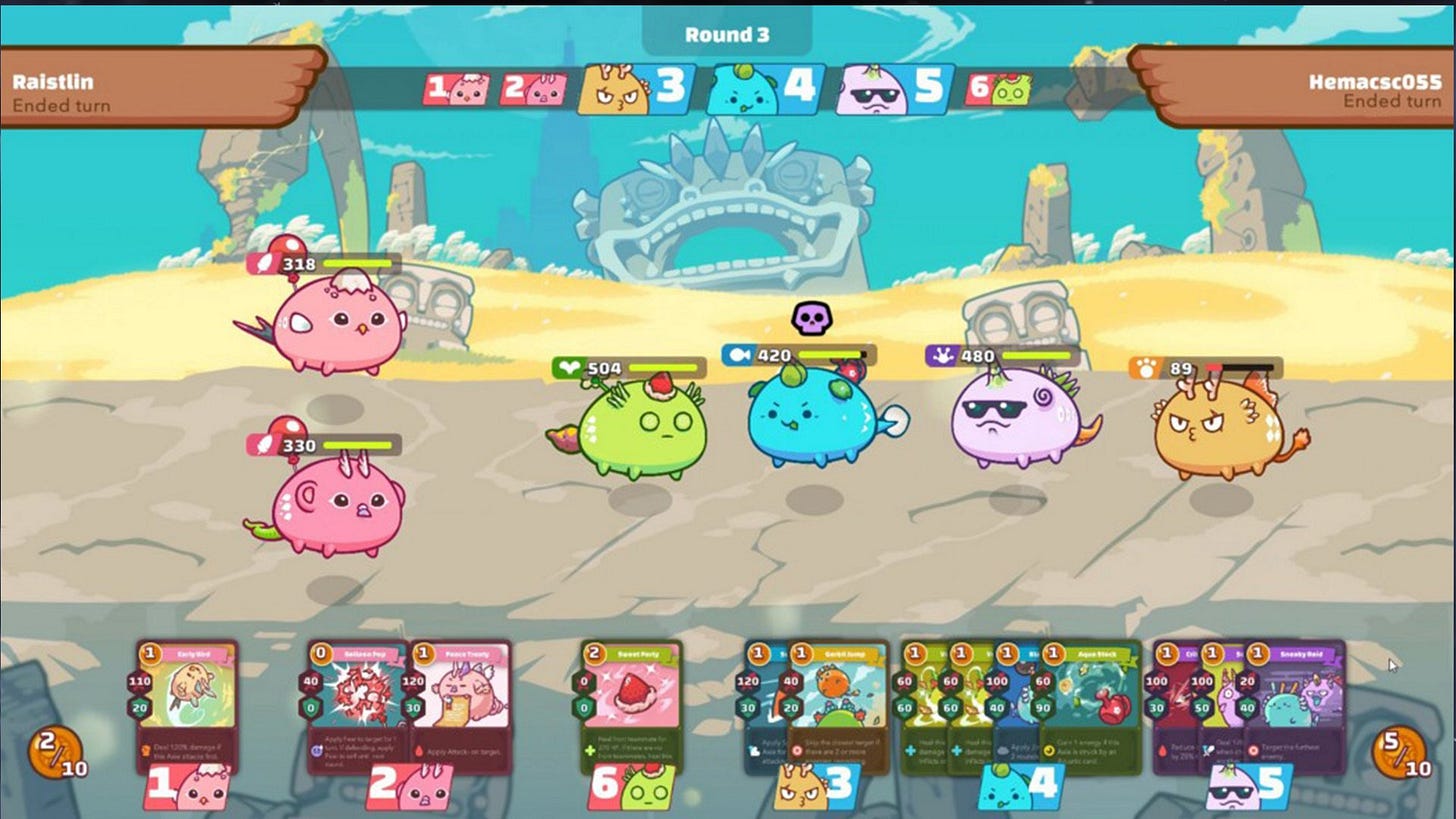Crypto Sectors
A look at the 9 main sectors within the crypto market today
TLDR:
The crypto space is already vast and full of different types of fungible coins and tokens, with lots of sub-sectors that have emerged.
Below I briefly cover the following sectors: Bitcoin; layer 1s; stablecoins; DeFi; memecoins; layer 2s; AI; gaming; real world assets.
However, there’s many more sectors like: DePin; privacy coins; oracles; decentralised storage; identification; interoperability; CEX tokens…
At this point it’s become impossible to track all these sectors, but having an over-arching notion of all of them helps to have a good overview of the space.
As we hit the end of this year and look towards what appears to be a very bullish year ahead in 2025, I wanted to have a brief look at the different sectors of Crypto.
For the newcomers in the space it’s not entirely obvious that there are all types of different cryptocurrencies that serve different purposes, and not all cryptocurrencies are created equal.
This post can therefore serve as a bit of a primer for people getting involved who are still getting to grips with how vast and growing this space really is.
Read on to learn more, and if you want to continue the conversation then jump in here: beginners.tokenpage.xyz.
Watch the Video version of this Post
Crypto Sectors
When newcomers get introduced to the crypto space they are usually unaware of just how versatile the technology is and how all sorts of different use-cases and sub-sectors have emerged in the space.
The first time you open up a website like coinmarketcap.com (CMC) or coingecko.com you’ll see hundreds of coins that from the outside all look the same. After all, if you’ve never heard of a stablecoin, how can you know that USDT and USDC intentionally stay at a $1 price?
Both CMC and CoinGecko do actually help people by offering a “Categories” tab that’s intended to break things down into different groups, but even then it’s still very hard for people who aren’t already fully immersed in the space to interpret.
For example how are newcomers meant to know what “Rehypothecated Crypto” means? And how’s that relevant to them anyway?
The categories that these sites show are very diverse and sometimes have very specific groupings, like all the tokens within a certain blockchain’s ecosystem, or all the tokens that a certain fund currently holds.
But before you can understand any of this you really need to understand the broader sub-sectors that the space currently has, of which there aren’t really that many. So below we’ll go through the main ones.
Note that we’re mainly looking at the fungible side of crypto here, most of these sectors overlap with non-fungibles as well, but there are other things that can be done with non-fungibles that aren’t covered here.
Bitcoin
Bitcoin really sits on a league of it’s own. Bitcoin’s recently hit $100k and has a market capitalisation just below $2tn. It currently represents around 56% of the entire crypto space’s market capitalisation of $3.3tn as shown by the “Bitcoin Dominance” chart.
Bitcoin is the oldest and most important cryptocurrency, it’s compared to digital gold, and is practically a sector in of itself. Its price movements up and down shift the entire market along with it, and there’s nothing to suggest that this will change any time soon.
In fact I liken Bitcoin to the sun in the solar-system, because every other crypto ecosystem in the space is affected by its gravity. A good year for Bitcoin will usually be a good year for crypto, and inversely a bad year for Bitcoin is usually a bad year for the majority of the space.
Layer 1s
This is the second largest sector by market cap at around $800m, or 25% of the space. These are alternative blockchains to Bitcoin where the coin itself has some utility beyond the basic monetary value-proposition of Bitcoin, as they all offer some version of smart-contract capability where programmable code can be written onto the chain.
L1s include the likes of Ethereum, Solana, Avalanche, Polygon, Sui, Near, and many other of the most valuable cryptocurrencies out there. The programmability on top of these blockchains mean that an ecosystem of apps and developers form around them.
The very first L1 blockchain was Ethereum itself, which is probably why it still holds the most market share, but there’s ever tougher competition from the likes of Solana and more recently blockchains like Ton and Sui that have been growing fast.
These coins are generally high in market-cap because they get used as fuel for the services that live on top of them. For example if you want to interact with any smart-contract on the Ethereum blockchain you need ETH to make the transaction happen.
Stablecoins
Stablecoins have emerged as one of the most important sectors of the crypto space accounting for $200m, or 6% of the space. I’ve written about them exensively before, including discussing Tether which is the most important company in this sector.
Stablecoins attempt to maintain a 1:1 peg with some underlying asset like a fiat currency such as USD, GBP or EUR. Although a stablecoin can be pegged to other low volatility assets like gold, which is a service that Tether offers too.
However, stablecoins pegged to the USD account for practically 99% of this sector, which just shows how dominant and desired the US dollar is around the world. Plus Tether leads the race here accounting for about 65% of the entire market.
DeFi
This is where a lot of the interesting magic happens within crypto, and personally one of my favourite spaces. The tokens here usually represent governance rights in some underlying DeFi protocol like Uniswap or Aave, and according to CMC are valued at around $150m, meaning they represent around 4% of the market.
It’s not always clear what the reason for having tokens in DeFi is though. For example if you hold AAVE or UNI tokens, in principle that gives you voting rights for the underlying protocols.
However, in practice you often don’t get any participation in the more meaningful decision making in the protocol, and in the cases where they have given real voting rights to users it’s often led to conflict with the over-arching vision of the team, an example of this happened recently with Compound.
DeFi is one of the most fascinating sectors in crypto as it stands to one day potentially change the entire way our global financial system works. So even though many of the tokens are not particularly valuable or interesting today, it doesn’t mean they couldn’t become incredibly important and valuable in the future.
Memecoins
While DeFi tokens often lack meaningful utility but are tied to a genuinely meaningful protocol, memecoins are the opposite. Memecoins almost always purposefully lack any utility, they are intended primarily as a vehicle for speculation.
Memecoins are the closest thing we have to pure gambling in the crypto space. But they are fuelled entirely by attention. The more attention a meme has, the more likely it’s memecoin will do well, which is a real reflection of the attention economy we live in nowadays.
Dogecoin is the original memecoin. It’s actually a Bitcoin clone similar to other old Bitcoin forks like Litecoin, but it has literally outgrown Litecoin just because people like the Doge meme and it’s garnered a lot of attention, especially with Elon Musk regularly posting about it and now naming his US government agency “DOGE”.
With the help from apps like pump.fun the memecoin sector has been the one that’s seen the most explosive growth this past year and seems to be leading the charge into this new crypto-summer we’re currently experiencing.
Nowadays a new memecoin is created every single second, with Solana having become the hub for most of this activity, with new memes rising and old memes falling incredibly fast and dynamically. Just last week a memecoin called “Fartcoin” hit a $1bn valuation, before dropping back down to around $750m, and it’s climbing again.
Layer 2s
Layer 1 blockchains are the second largest category of cryptocurrency by market cap. However, the more L1s have grown in use the tougher it has been for them to scale. Layer 2’s have appeared as a potential solution to the scaling problem and most have created their own governance tokens.
This is a growing segment that’s becoming ever more important. However these cryptos suffers from a similar problem to DeFi tokens, in that there’s often no real value in holding the governance token.
Holding Arbitrum and Optimism’s tokens for example give you practically no say in the important decisions within these L2s respectively.
Nonetheless, L2s are rapidly growing with many large companies creating their own EVM based L2s, from Deutche-Bank to Sony, so it’s an important sector to pay attention to.
AI
AI represents the newest and fastest growing segment in the space. Ever since ChatGPT appeared on the scene 2 years ago in late 2022 we’ve seen a massive boom in AI and this growth has been mirrored in AI tokens in the crypto market.
The most interesting players in the space were literally created only a few months back this year with the Virtuals ecosystem leading the charge. Virtuals is essentially both a token launchpad and an AI agent creation tool. All AI agents created by Virtuals have a token that represents them but you need $VIRTUAL to buy them.
These AI agents are often hooked up to the likes of X or Telegram and post there interacting with people, and sometimes even launch their own memecoins or NFTs. The biggest story on this front was when Truth Terminal became the first AI millionaire through incentivising the creation of a memecoin called $GOAT!
I feel like the AI sector is still very nascent but has the potential to be one of the most important and impactful sectors in crypto, because crypto give AIs the agency to take part in global trade without needing a traditional bank account.
Gaming
Games are another area where crypto can and will shine as they allow in-game currencies to trade through crypto’s global financial markets! However, we’ve yet to see any of these really take off.
In the last crypto-summer we saw a lot of talk about gaming being a big thing in crypto. But it takes a long time to make good games, and many gamers initially rejected the notion of having cryptocurrencies or NFTs in mainstream games, so this has been a slow burner.
The best we’ve gotten out of this sector was Axie Infinity with their NFTs and their own Ronin chain and $RONIN token. Plus we saw a bunch of metaverse-like gaming experiences such as Sandbox and Decentraland garnering attention with their respective tokens $SAND and $MANA - but these are all still early.
Yet, I’m starting to believe that we might be finally ready to see more growth in this sector since we now have some genuinely good Web3-native games becoming available. Iluvium is a good example of a game that after years of development has finally become a truly fun experience to play.
When this sector really takes off, we could see all sorts of in-game economies spill out into the real world and generate some incredibly large token valuations. I really think this is a sector to watch out for.
Real World Assets
The RWA sector today is still relatively small, with very few protocols that specifically focus on this. The single largest today is probably Ondo that’s still only got a $2bn valuation. However, I believe this sector has the potential to be one of the largest, if not the single largest crypto sector of them all.
The basic premise behind RWAs is about tokenising all the financial assets of the world. You could imagine stock-markets, bond-markets, real estate, all these multi-trillion markets eventually being brought onto blockchains.
Although Ondo carries the highest valuation, in practice it’s still mainly involved in stablecoin markets, as stablecoins straddle the line between being their own sector and being a part of RWAs.
The closest thing crypto has had to RWAs were the likes of Synthetic assets on Synthetix and Mirror. Mirror could for example provide you access to Apple shares with a wrapped token called mAAPL that had 1:1 mapping of AAPL under the hood.
These synthetic tokens have died though, probably due to regulators and large financial institutions putting the squeeze on them. Yet with players like Blackrock now creating their own RWA fund called BUIDL, we could see things change rapidly over the next few years, and this sector grow massively.
Other
While I’ve covered a lot of different sectors in this post, there’s still plenty more that I haven’t mentioned. In particular one new sector is called DePin, which stands for Decentralised Physical Infrastructure, and has grown massively with the likes of Helium token providing the possibility for any device to earn crypto as a 5G hotspot.
There’s plenty more smaller sectors that we could have discussed such as: privacy coins; oracles; decentralised storage; identification; interoperability; CEX tokens; wrapped assets; L1 ecosystems; funds; and more!
As you can see, the crypto market is vast and growing exponentially. Plus there’ll certainly be more use-cases to come that we can’t even imagine, as an example sectors like AI and DePin weren’t even a part of the conversation 4-years ago in the last crypto summer.
Nonetheless, the sectors I’ve mentioned above encapsulate the largest ones today as proportion of market capitalisation, or show promise to grow very large in the not-so-distant future.
Milk Road (MR) recently released the handy graphic above showing the proportionate market capitalisations of some of these sectors and what they believe they’ll be by the end of next year. While I’m not necessarily certain of MR’s estimates for 2025, this graph is a helpful visual representation of their relative sizes today.
This post has undoubtedly shown you just how vast the crypto space is today. And while there’s already too much going on to keep an eye on everything, having an over-arching idea of the entire space helps to make it that little bit clearer.
Whenever you’re ready, these are the main ways I can help you:
FREE access beginners.tokenpage.xyz - Get a free video guide on how to set up your first wallet and buy your first crypto. Plus a 1-on-1 call with me for free, and $1,990+ of bonus course material.
VIP access beginners-vip.tokenpage.xyz - Get VIP access with me as I show you how to navigate crypto’s. Includes weekly Q&A calls where you can ask me anything, and our proprietary DeFi portfolio software.
Web3 software development at tokenpage.xyz - Get your Web3 products and ideas built out by us, we’ve built for the likes of Zeneca, Seedphrase, Creepz and more.
























